15 Ozempic Alternatives for Effective Weight Loss

Ozempic is the weight loss drug du jour right now—but it's certainly not the only effective medication available. For some people, medication may not even be needed. "I'm glad we now have potent medications for obesity, but these drugs are not a replacement for healthy lifestyle changes. To be healthy, people need to make sure they exercise most days of the week and consistently choose healthy foods," Dr. Cecilia Low Wang tells UC Health. Here are 15 food, drug, and diet alternatives to Ozempic to encourage effective weight loss.
Wegovy
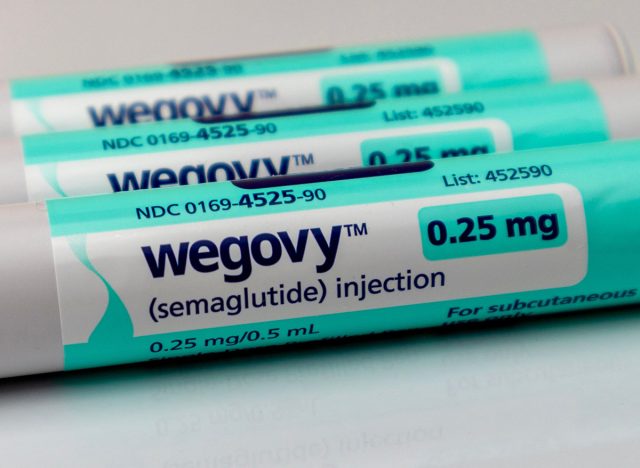
Unlike Ozempic, Wegovy is actually prescribed as a weight loss drug, not a diabetes medication. Like Ozempic, it is a semaglutide drug and is administered as a subcutaneous injection using a single-use, prefilled injection pen.
"Wegovy acts on areas of the brain which are involved in regulating your appetite," Dr. Mihir Sanghvi tells the British Heart Foundation. "It increases feelings of fullness, reduces feelings of hunger and reduces the preference for high-fat foods. It also reduces blood sugar by promoting the release of insulin when blood sugar levels are high."
Saxenda
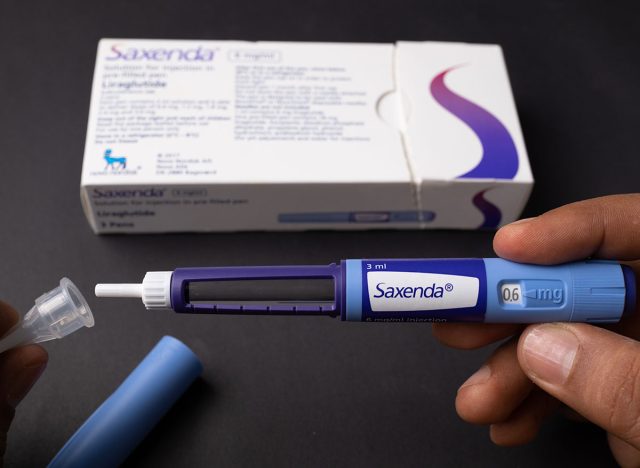
Saxenda (liraglutide) is a weight loss injection that helps curb appetite. "Liraglutide promotes weight loss," says the Cleveland Clinic. "It may also be used to maintain weight loss. It works by decreasing appetite. Changes to diet and exercise are often combined with this medication."
RELATED: 20 Incredible Ozempic Success Stories of All Time
Mounjaro
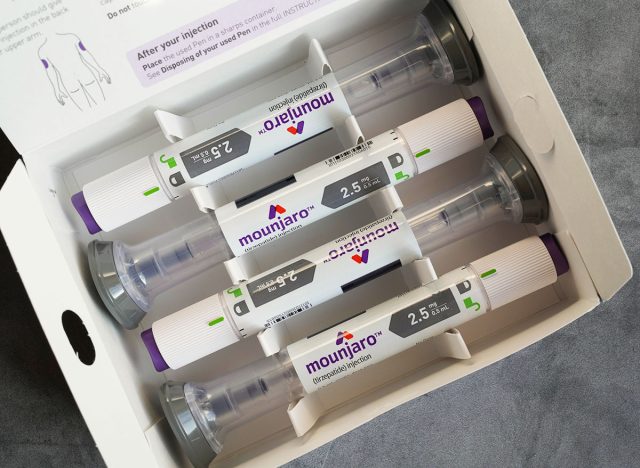
Mounjaro is an injectable medication designed for people with type 2 diabetes. "It suppresses appetite and makes you feel more full. It changes the rate at which your stomach empties," Dr. Cecilia Low Wang tells UC Health.
Zepbound
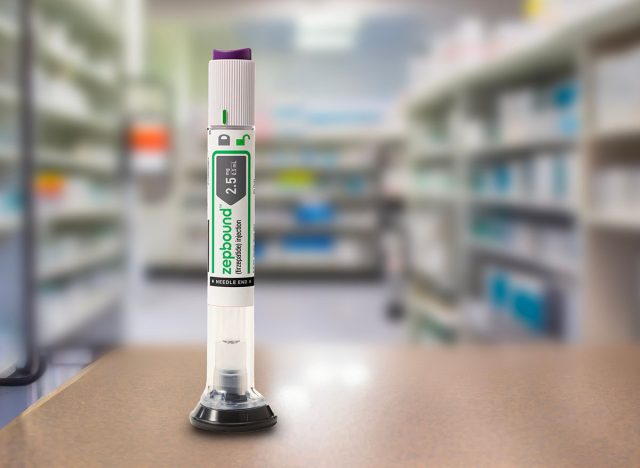
"Zepbound is the brand name for the drug tirzepatide when doctors prescribe it for weight loss," Dr. Low Wang tells UC Health. "Mounjaro is the name of the medication used to treat diabetes. Both Zepbound and Mounjaro are brand names for the generic drug, tirzepatide."
Metformin
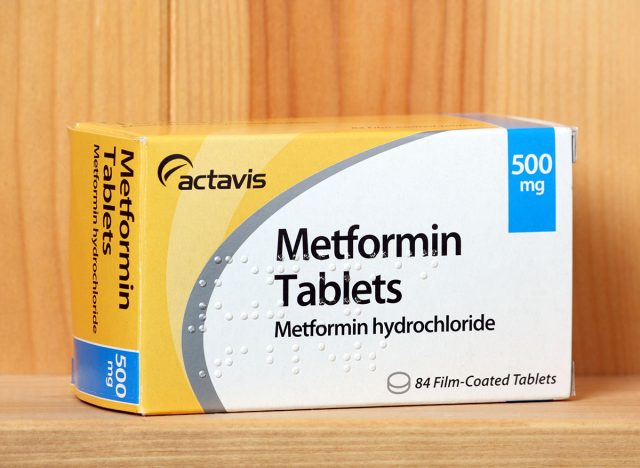
Metformin is a type 2 diabetes drug that lowers blood sugar and insulin levels. "Metformin lowers your blood sugar levels by improving the way your body handles insulin," says the NHS. "It's usually prescribed for diabetes when diet and exercise alone have not been enough to control your blood sugar levels."
RELATED: 20 Things You Need to Know About Ozempic and Weight Loss
Rybelsus
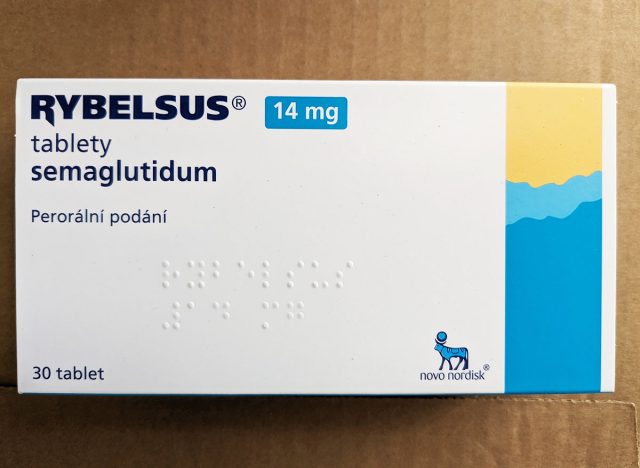
Rybelsus (oral semaglutide) is a GLP-1 pill that helps lower blood sugar levels for type 2 diabetics. Rybelsus is effective as a weight loss drug due to the effect it has on appetite, encouraging "fullness" and slowing down digestion.
Trulicity
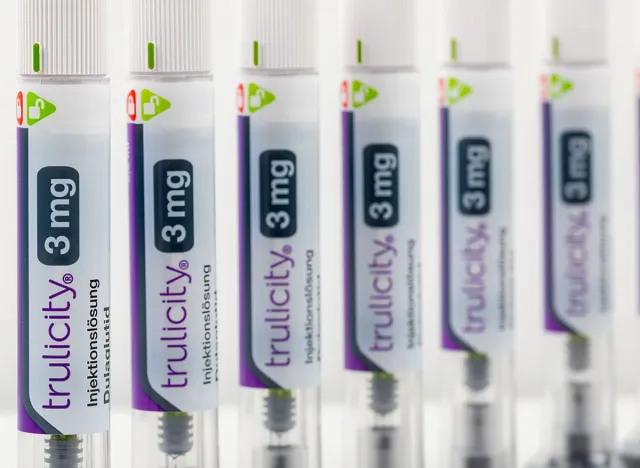
Trulicity (dulaglutide) is another GLP-1 receptor agonist. "Trulicity is prescribed when diet and exercise have failed to bring blood glucose levels under control," according to Diabetes UK. "It may also be prescribed instead of metformin, if metformin is unsuitable for you."
Alli
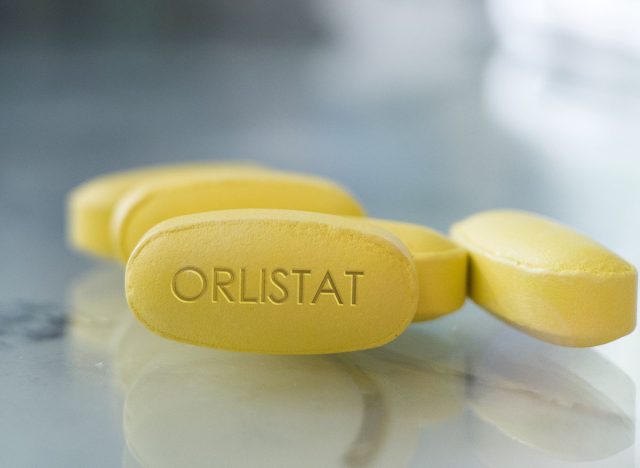
Alli (orlistat) is an over-the-counter weight loss drug that works by stopping dietary fat from being absorbed. "Lipase, an enzyme found in the digestive tract, helps break down dietary fat into smaller parts, so it can be used or stored for energy," says the Mayo Clinic. "Orlistat blocks the work of lipase. When you take the drug with a meal, about 25% of the fat you eat isn't broken down. The fat is passed through bowel movements."
RELATED: 20 Possible Ozempic Side Effects
Januvia
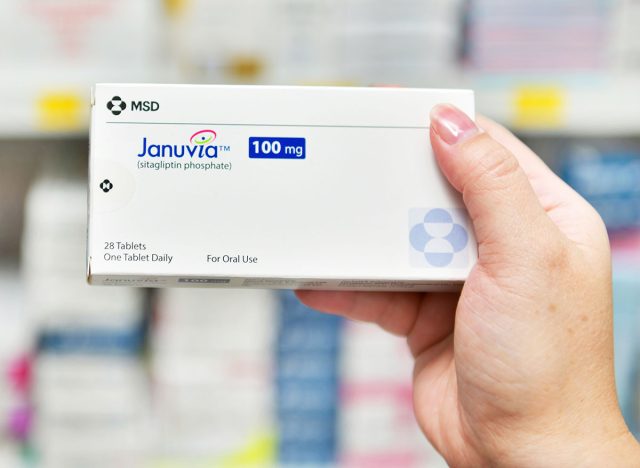
Januvia (sitagliptin) is a type 2 diabetes medication that works by lowering blood sugar levels. "Sitagliptin is prescribed to people with type 2 diabetes, and is usually taken alongside a healthy diet and regular, appropriate exercise to help control diabetes," says Diabetes UK.
Flaxseed For Fullness
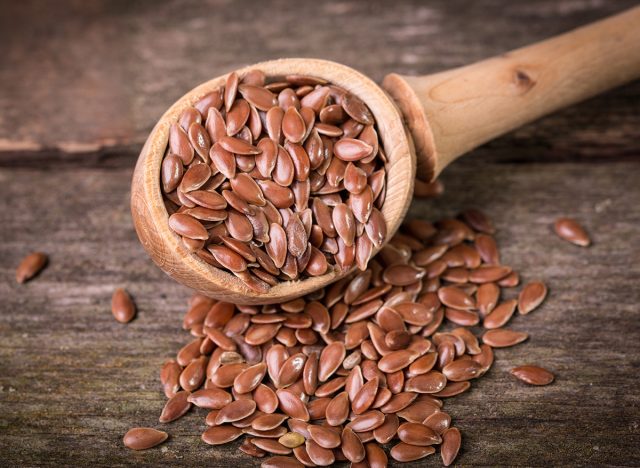
If prescription or over-the-counter medication is not a choice or an option, certain foods—like flaxseed—are not only healthy but can help encourage fullness. Look for foods high in fiber and protein. "Flaxseed's health benefits come from the fact that it's high in fiber and omega-3 fatty acids, as well as phytochemicals called lignans," Katherine Zeratsky, R.D., L.D. tells the Mayo Clinic.
Vegetable Soup
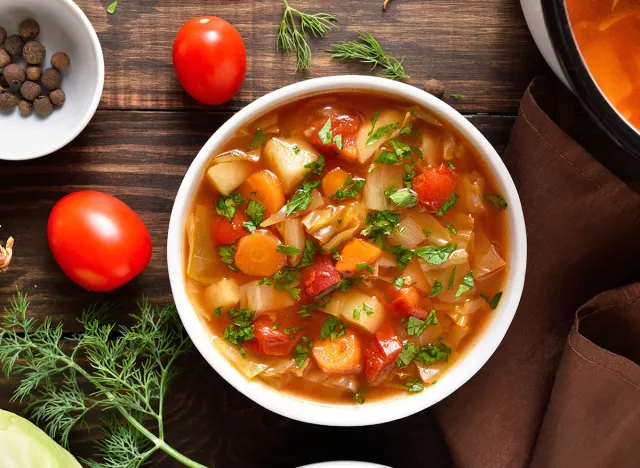
Soups are filling and tend to be low-calorie. "Binding water into foods slows down gastric emptying, which means your stomach stays fuller for longer," Barbara Rolls, professor of nutritional sciences at Pennsylvania State University and author of the 'Ultimate Volumetrics Diet' tells CNN. "The most effective way to reduce calories is to bulk up food with water. You get lots of volume without calories."
RELATED: 5 Foods That Maximize Weight Loss on GLP-1 Medicines, According to Coach
Whole Grains
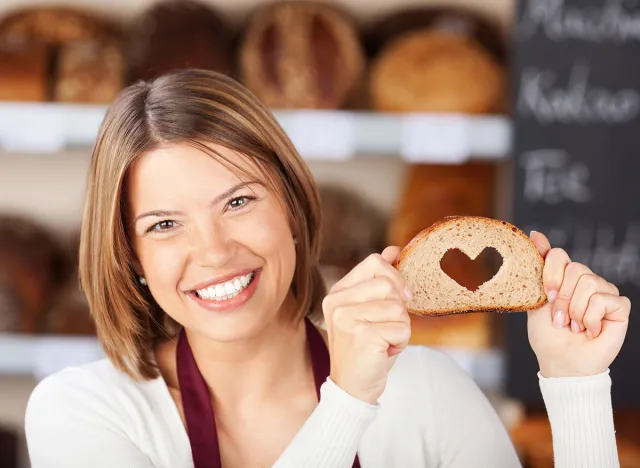
"Whole grains are the best option because they're higher in fiber and other important nutrients," says the Mayo Clinic. "Emphasize whole grains by simply choosing whole-grain options instead of refined grains, including foods made with sugar or white flour."
Eat Your Calories
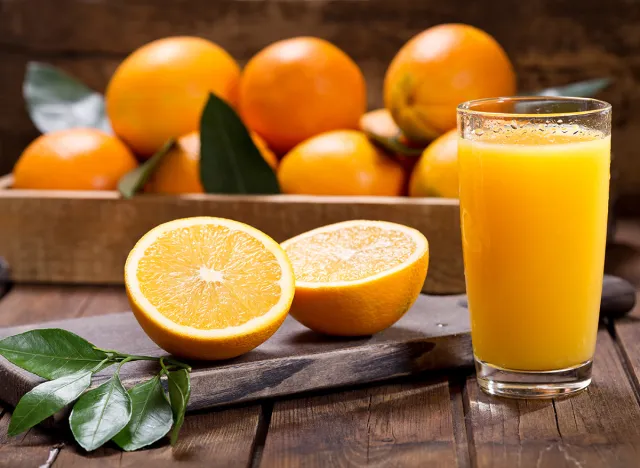
Enjoy high-fiber fruit instead of drinking it. "I like to use the example of eating a 100-calorie orange versus drinking 100 calories of orange juice," dietitian Kylie Arrindell tells Houston Methodist. "You're going to feel full or more satisfied for longer after eating the orange, and you're going to get hungry pretty quickly after drinking the juice."
Broccoli
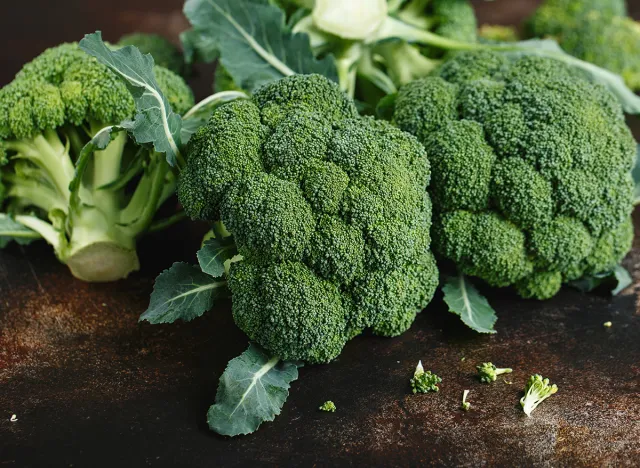
Broccoli is a filling, low-calorie food. "Broccoli is a member of the cruciferous vegetable family," says UnityPoint Health. "It's known for its high water and fiber content, which is a great combination to help you feel full."
RELATED: What Happens to Your Body When You Stop Taking Ozempic
Lots of Protein
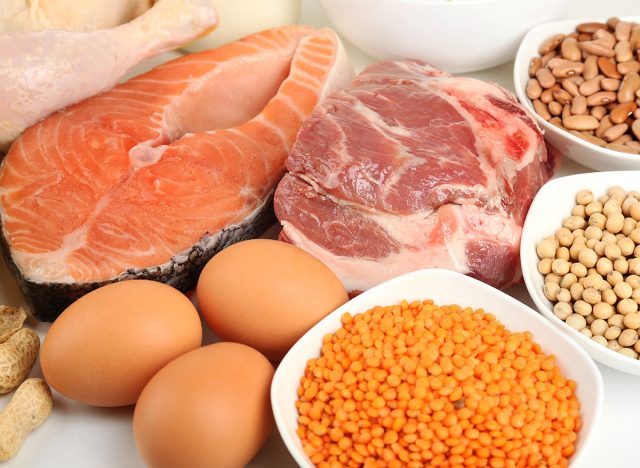
High-protein foods are ideal for appetite suppression. "Protein is the macronutrient that will likely leave you feeling more sated," Arrindell tells Houston Methodist. "But fiber-rich carbohydrates — whole grains, beans, lentils, oatmeal, raspberries and even some vegetables like collard greens, kale and artichokes — are a close second."
💪🔥Body Booster: Always talk to your doctor before taking any new drug or medication.




